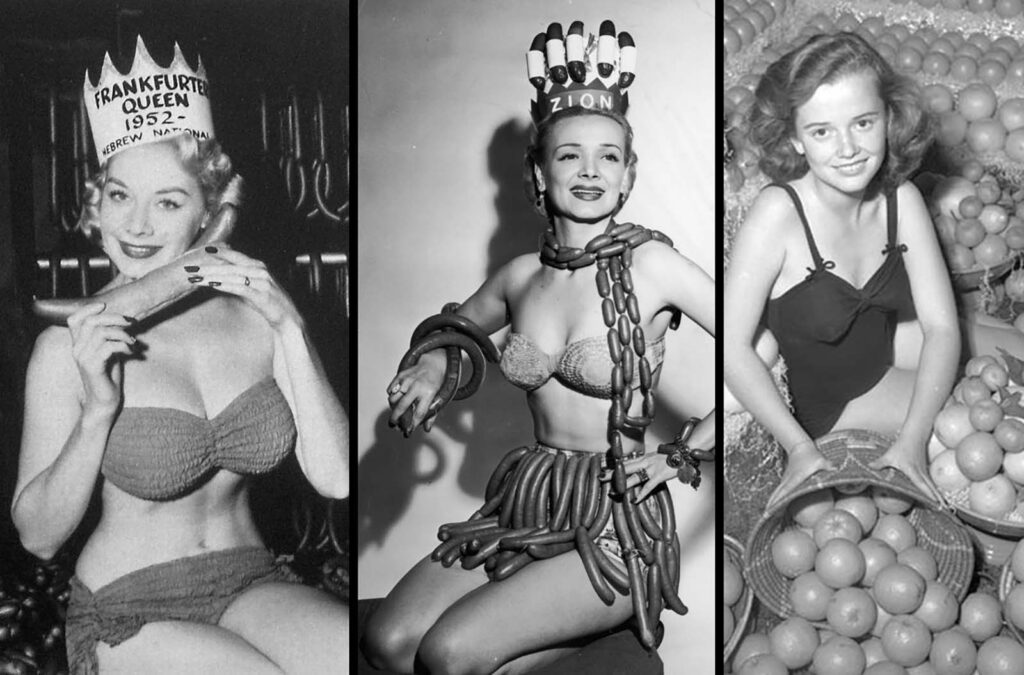
For more than a century, American society has embraced beauty pageant; one of the most well-known and esteemed events is Miss America.
But some individuals might find some of the strange beauty pageant staged all throughout the United States confusing.
The Miss Idaho Potato pageant is one among these odd pageant. Celebrated yearly in Burley, Idaho, this pageant—which began 1935—has grown to be a treasured custom throughout the state.
The winner is presented with a tiara fashioned from potatoes; contestants are judged on their posture, character, and knowledge of potatoes.
Held in Cambria County, Pennsylvania, another unusual beauty pageant is the Doughnut Queen contest. Along with conventional beauty pageant talents, this competition calls for candidates to dress like doughnuts and highlight their doughnut knowledge. The champion gets a tiara fashioned from doughnut boxes.
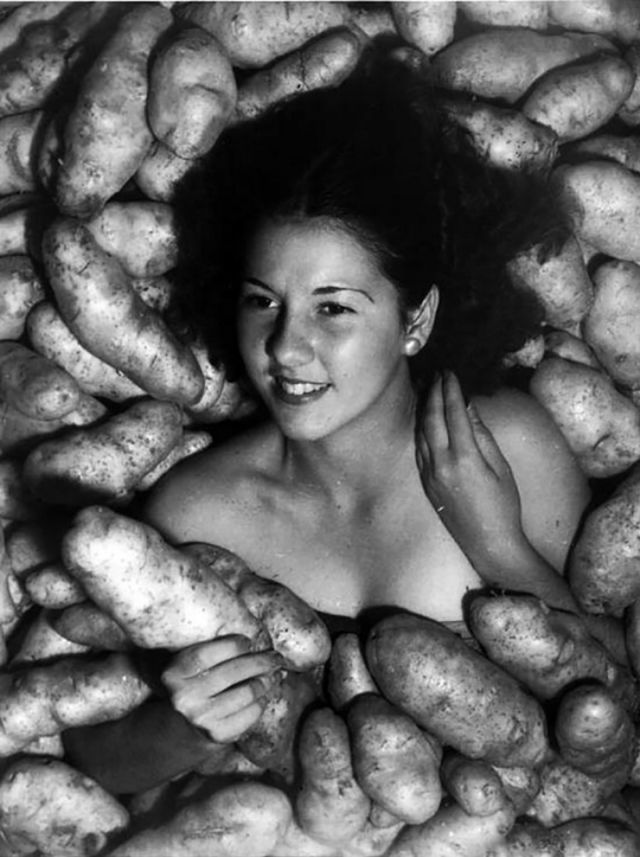
Still another strange occasion is the Frankfurter Queen pageant in Frankfurt, Illinois. Contestants must dress like hot dogs and enter divisions including “best bun” and “most creative toppings.”
Comparably, the Sausage Queen pageant in New Braunfels, Texas, calls participants to dress as sausages and compete in several categories pertaining to sausage expertise and sausage-themed clothing.
Although some people find these weird beauty pageant odd, they have grown to be cherished customs in their own countries.
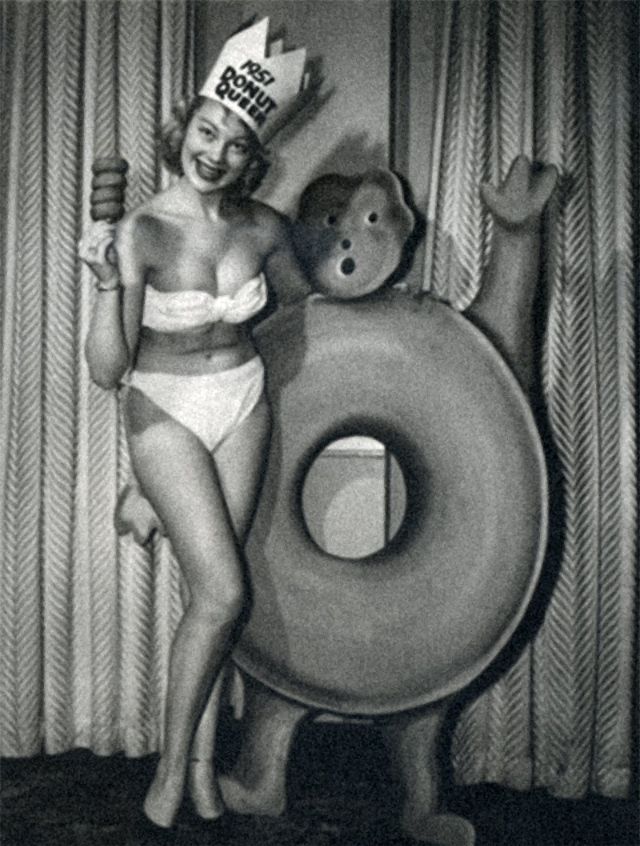
European celebrations going back to the Middle Ages offer the most direct ancestry for pageants of beauty. For English May Day, for instance, there was always a May Queen chosen.
As young, beautiful women took part in public celebrations, the May Day custom of choosing a woman to represent beauty and communal ideals persisted in the United States.
Archibald Montgomerie, 13th Earl of Eglinton, hosted a beauty pageant during the Eglinton Tournament of 1839 as part of a mediaeval joust re-enactment performed in Scotland.
Georgiana Seymour, Duchess of Somerset, the wife of Edward Seymour, 12th Duke of Somerset, and sister of Caroline Norton, won the pageant and was crowned the “Queen of Beauty”.
Entrepreneur Phineas Taylor Barnum organized the first contemporary American pageant in 1854, but public opposition led to closure of his beauty contest.
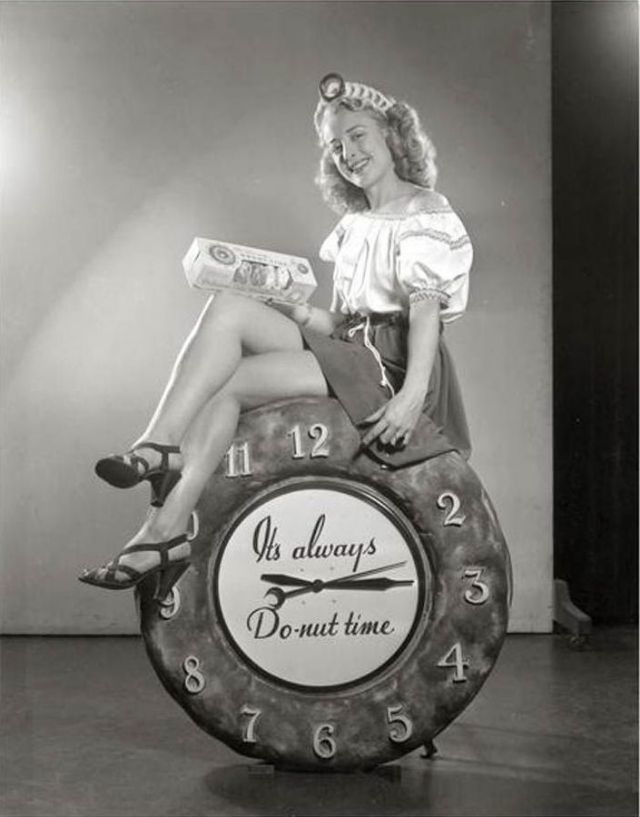
The 1880s saw increasing popularity for beauty contests. An 18-year-old Creole competitor at a pageant in Spa, Belgium was named “beauty queen” in 1888.
To be qualified to compete, each participant had to provide a picture and a brief description of themselves; a formal panel then selected a final choice of 21.
Such events were not considered respectable. With the first contemporary “Miss America” pageant held in 1921, beauty contests grew to be regarded as more respectable.
Organized in 1921 by a local businessman seeking to draw visitors to Atlantic City, New Jersey, the Miss America contest is the oldest pageant still running today.
Attracting around one hundred thousand attendees, the pageant included the winners of regional newspaper beauty contests in the “Inter-City Beauty” Contest.
Having won the popularity and beauty categories, sixteen-year-old Margaret Gorman of Washington, D.C., was proclaimed Miss America 1921 and given $100.
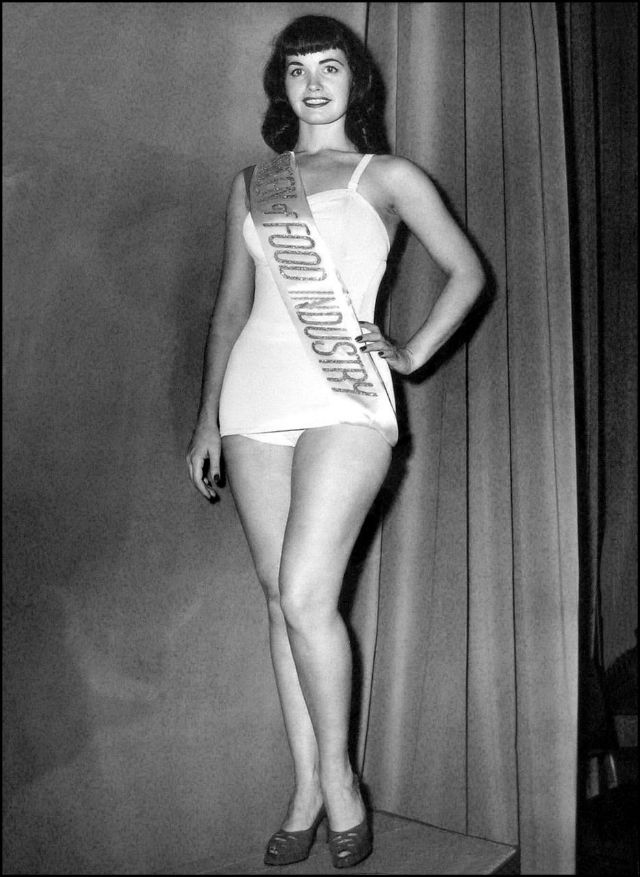
The requirement for contestants to wear a swimsuit was a controversial aspect of the various competitions. The debate was heightened when the bikini’s popularity grew following its 1946 launch.
Roman Catholic demonstrators caused the bikini to be banned for the 1947 Miss America pageant. There was uproar when the Miss World pageant began in 1951 when the winner was crowned wearing a bikini.
Countries with religious traditions threatened to remove representatives; Pope Pius XII denounced the crowning as wicked. The bikini was forbidden for next contests as well.
They were allowed once more only in the late 1990s, although even then they caused controversy when finals were staged in nations where bikinis—or swimsuits generally—were socially unacceptable.
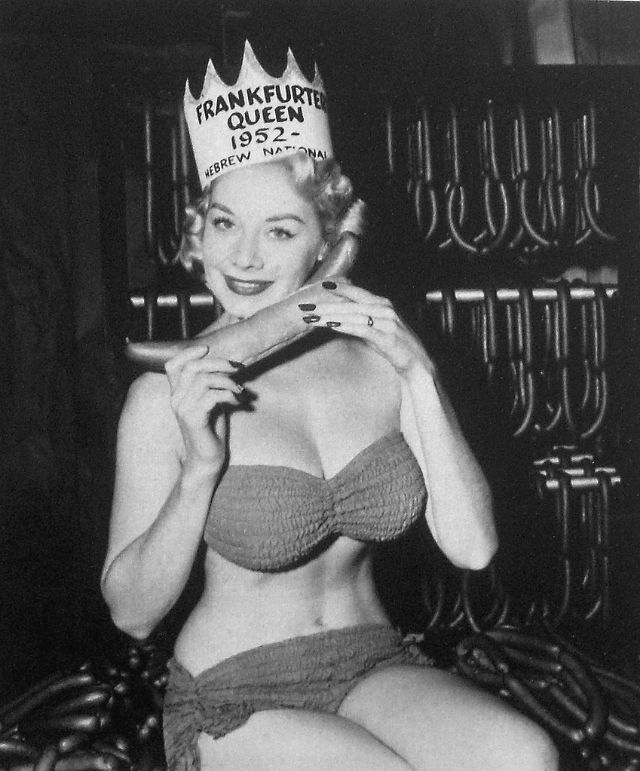
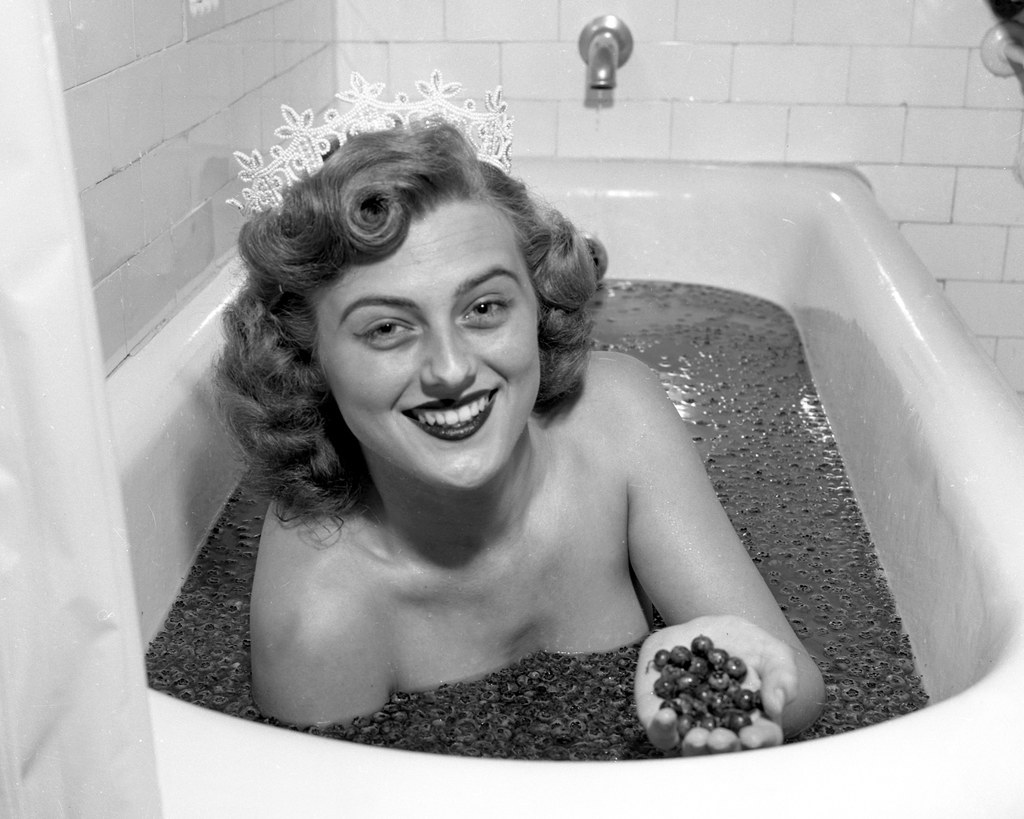
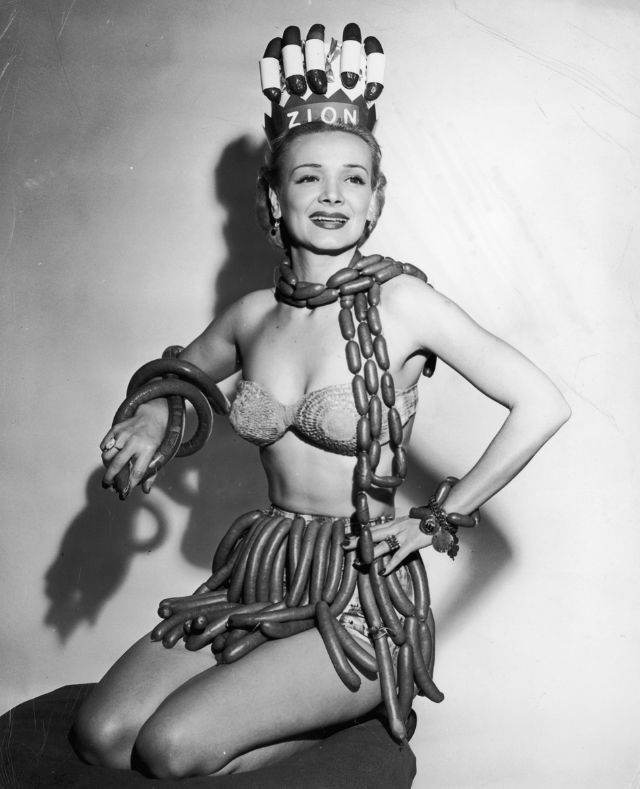
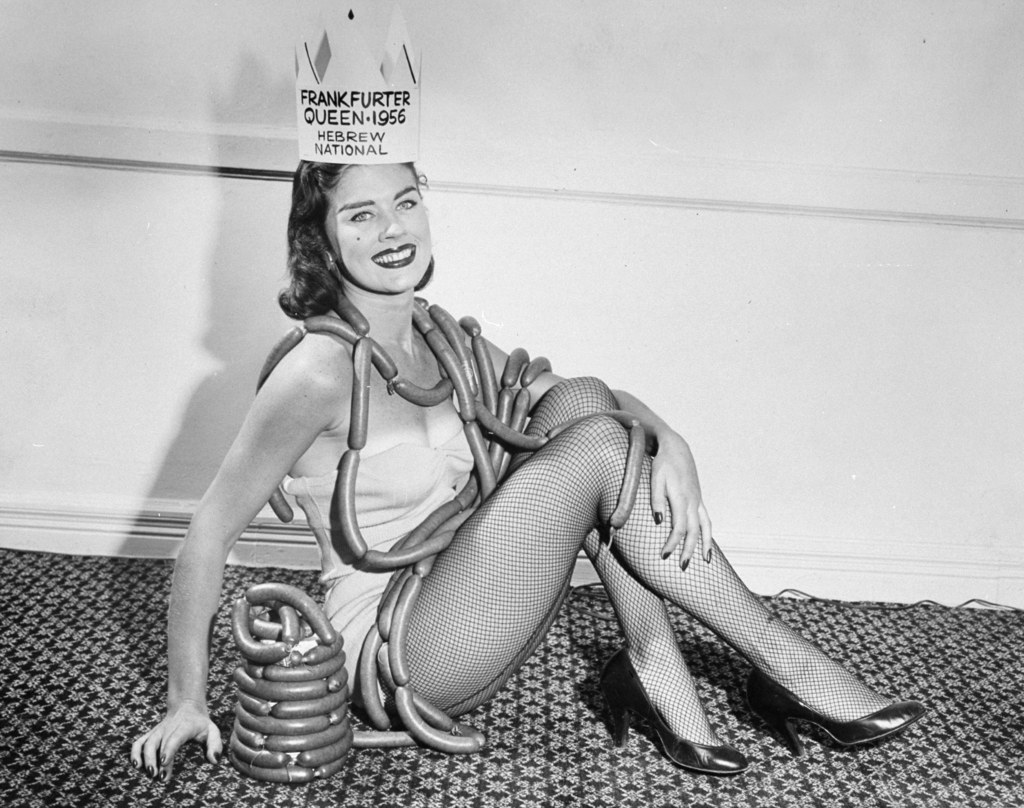
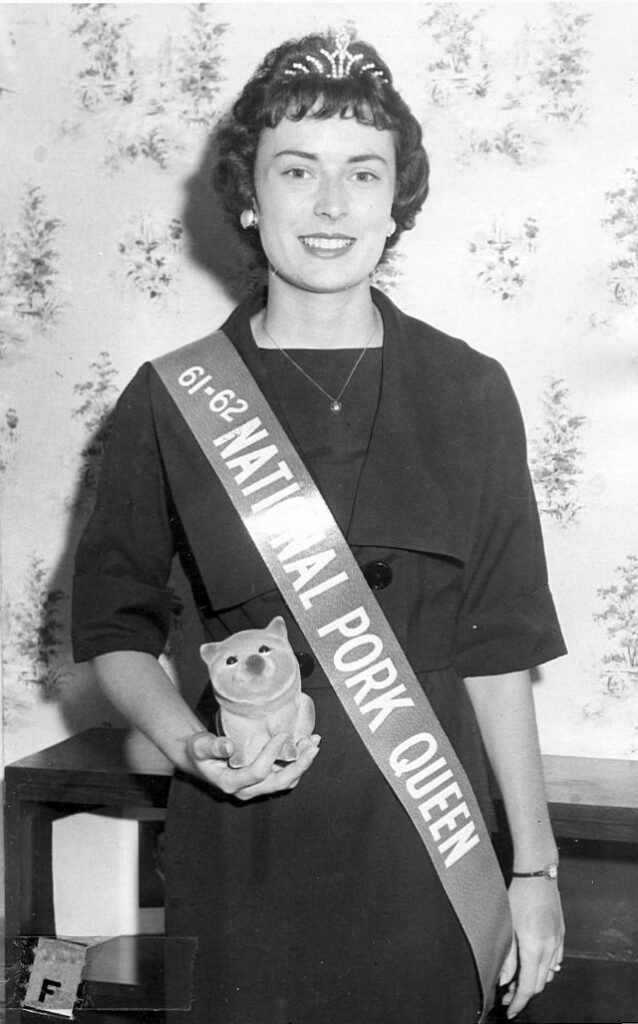
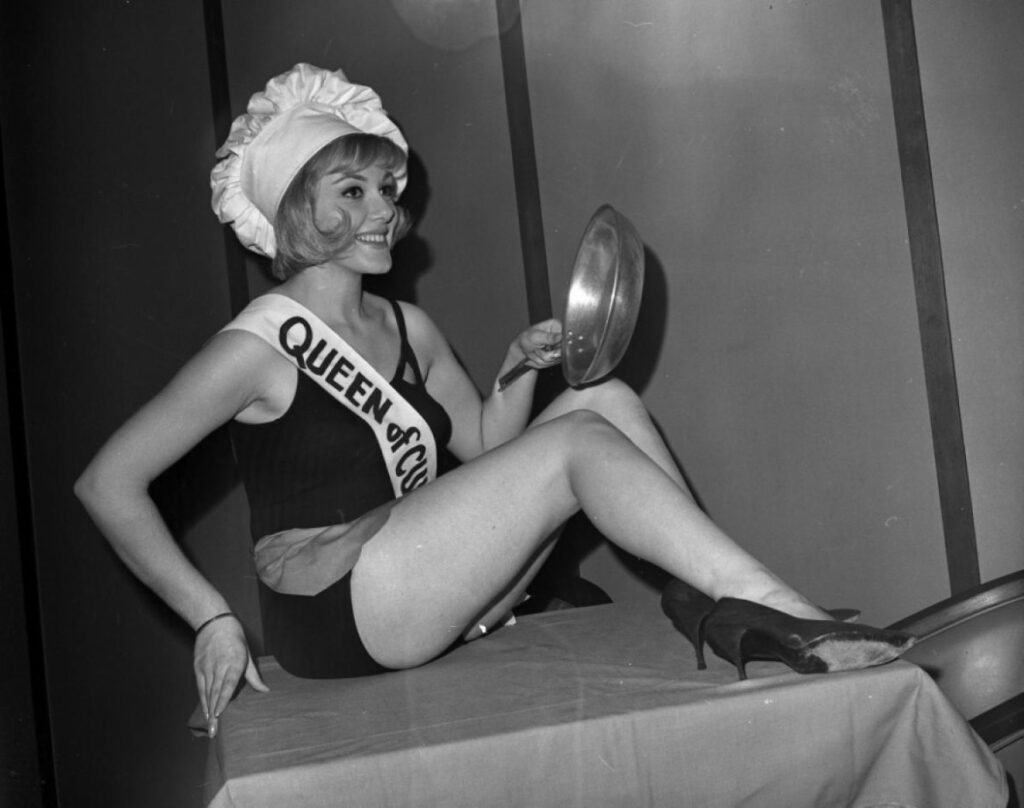
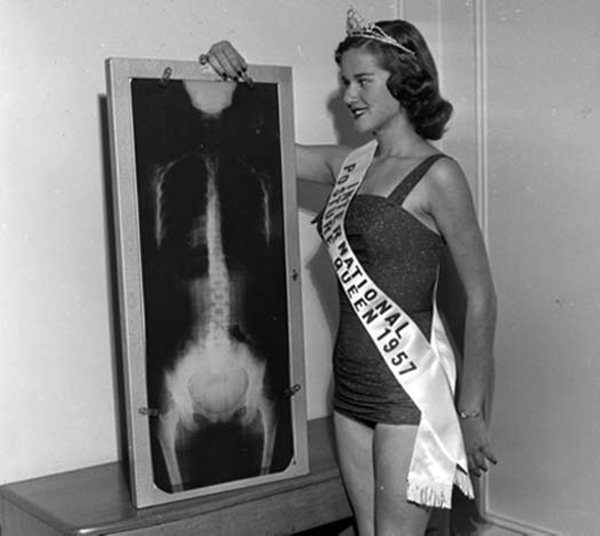

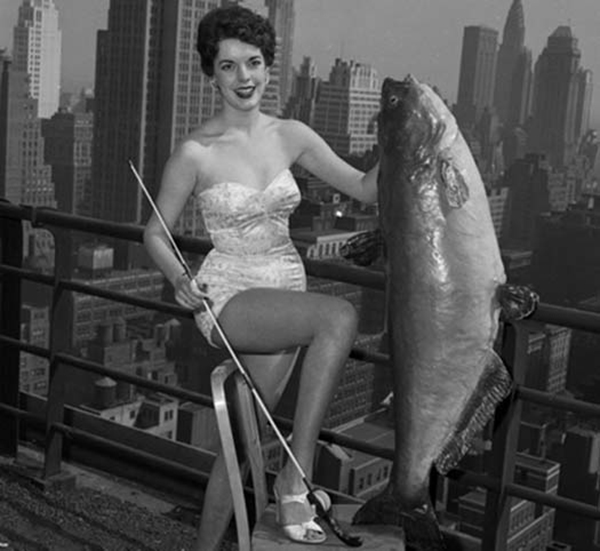
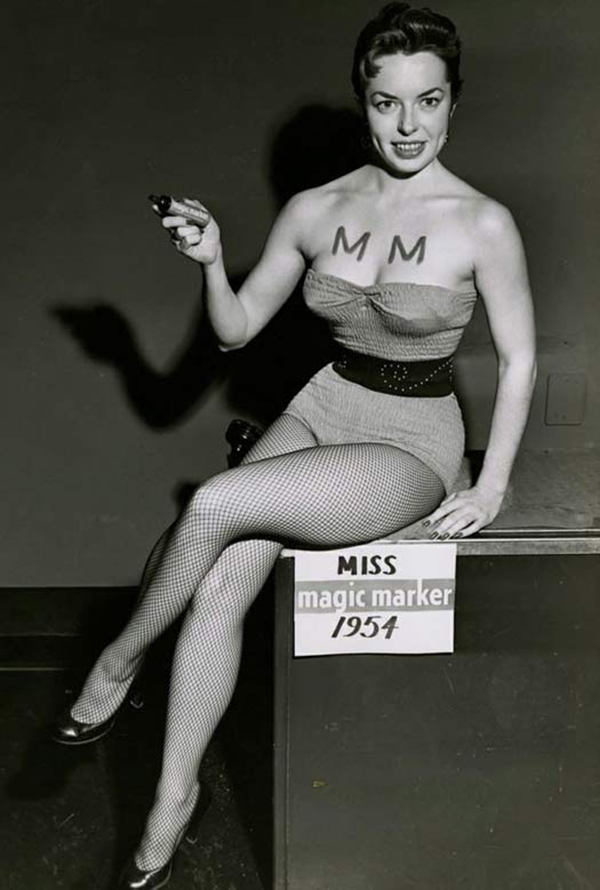
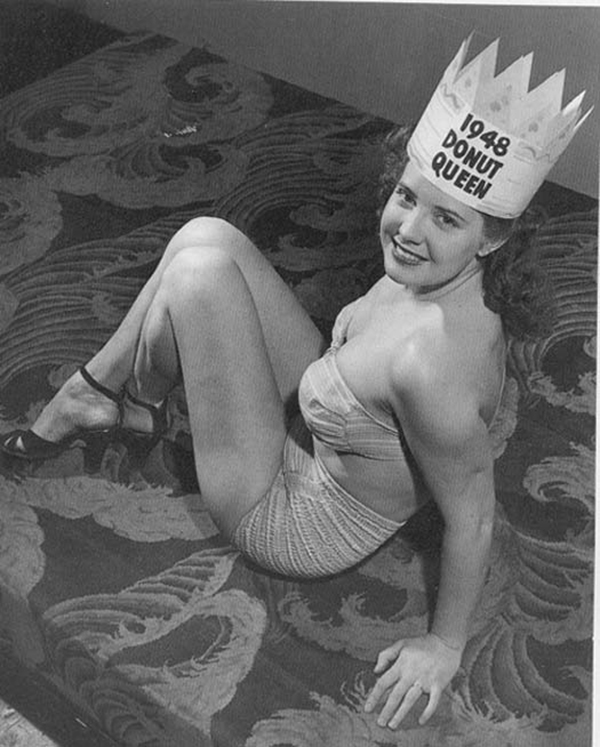
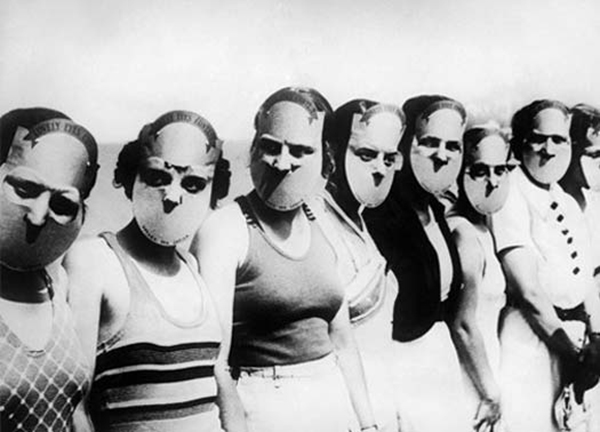
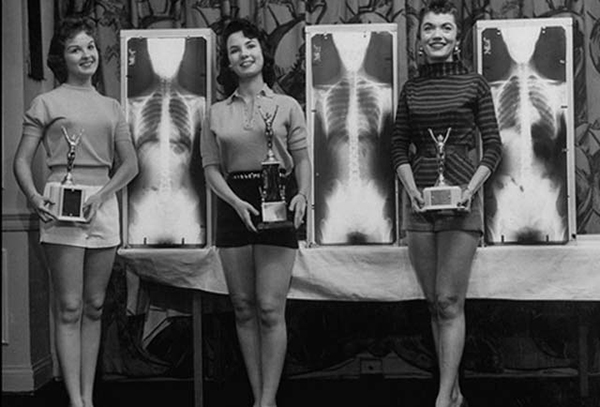

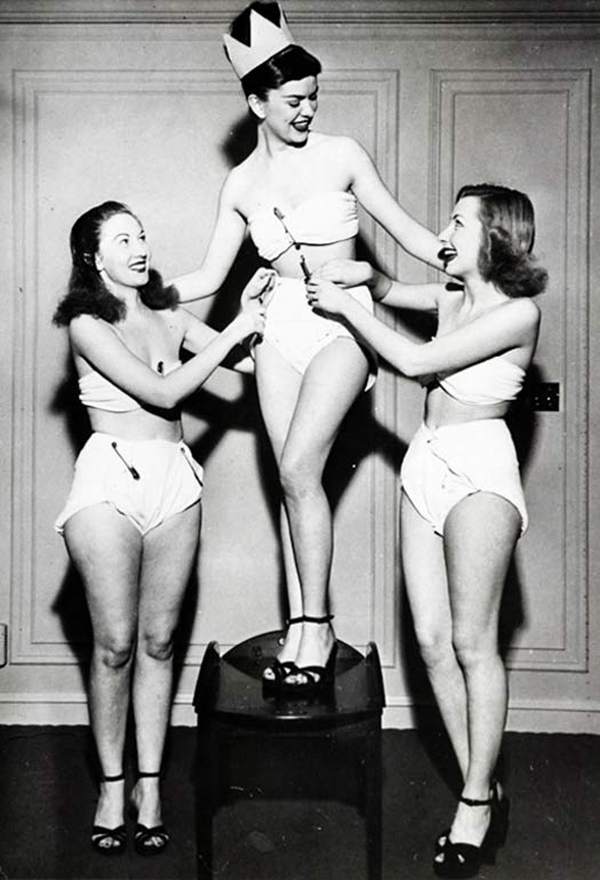
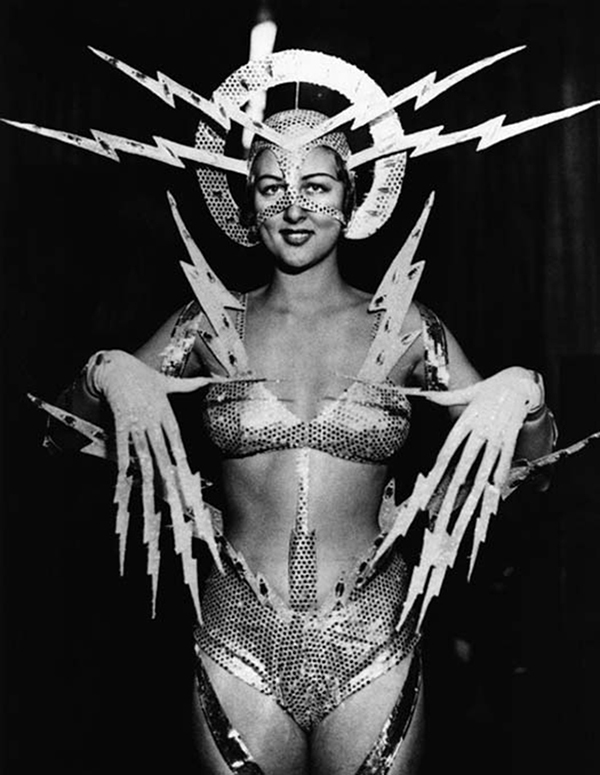
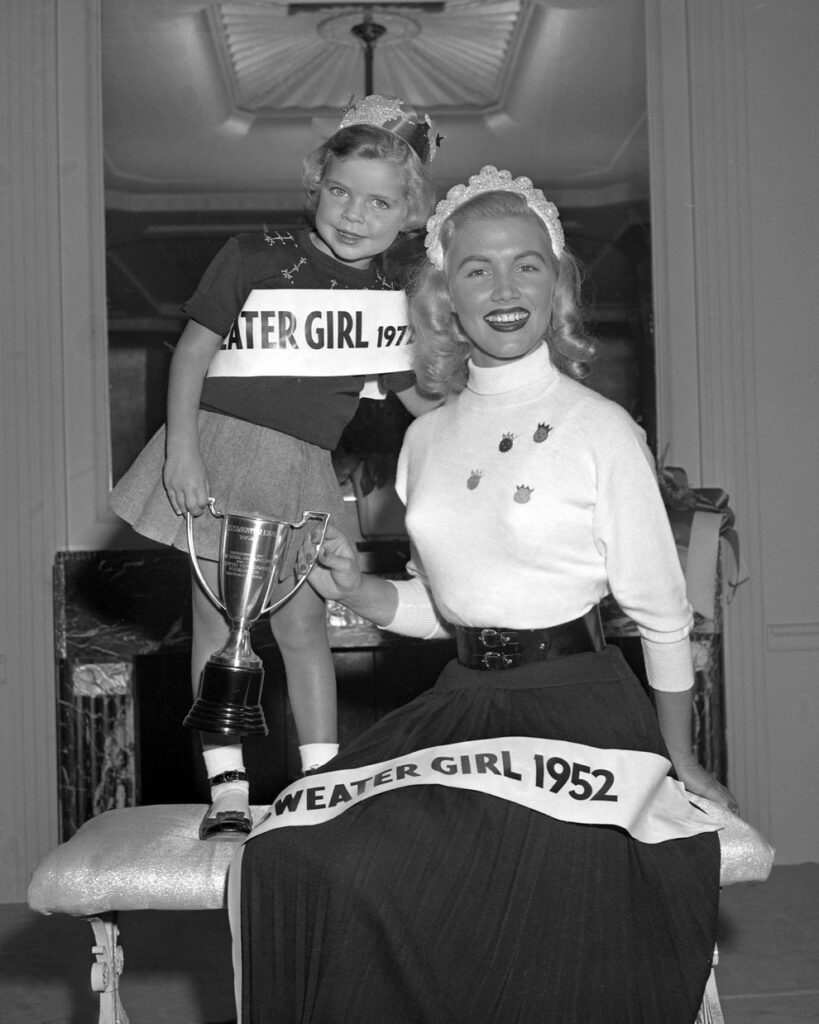
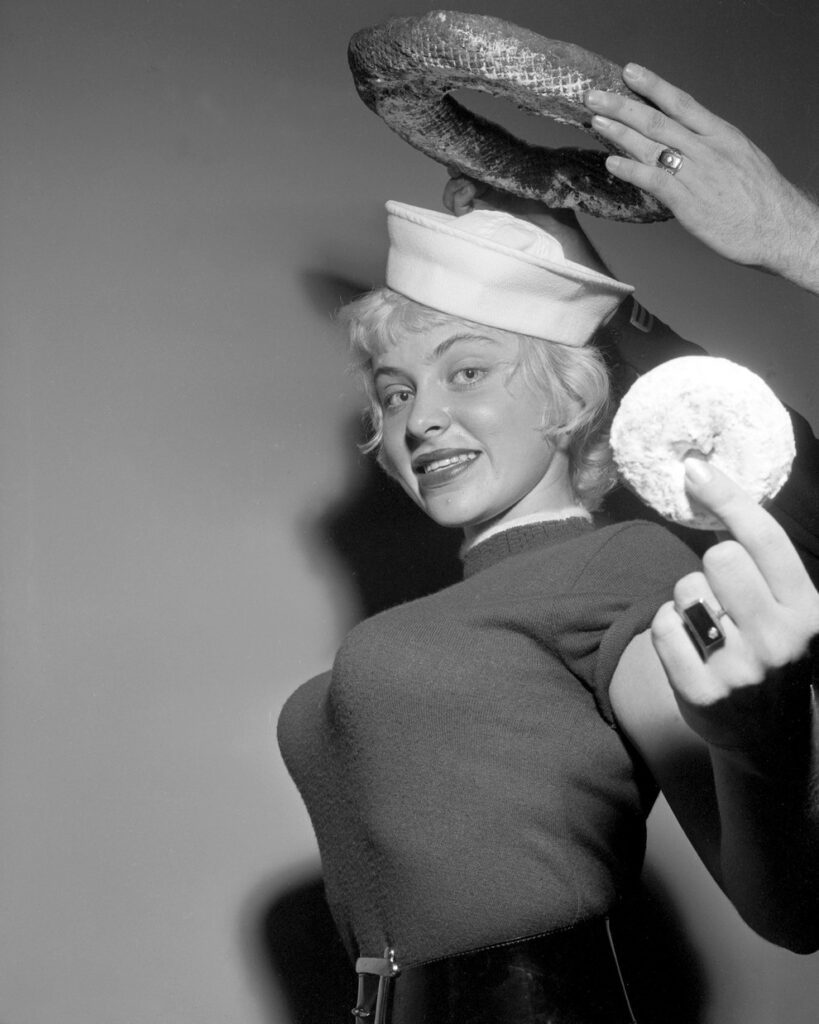
(Photo credit: Wikimedia Commons / Library of Congress / Flickr / Pinterest).




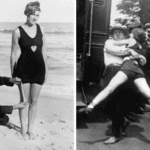



No Comments